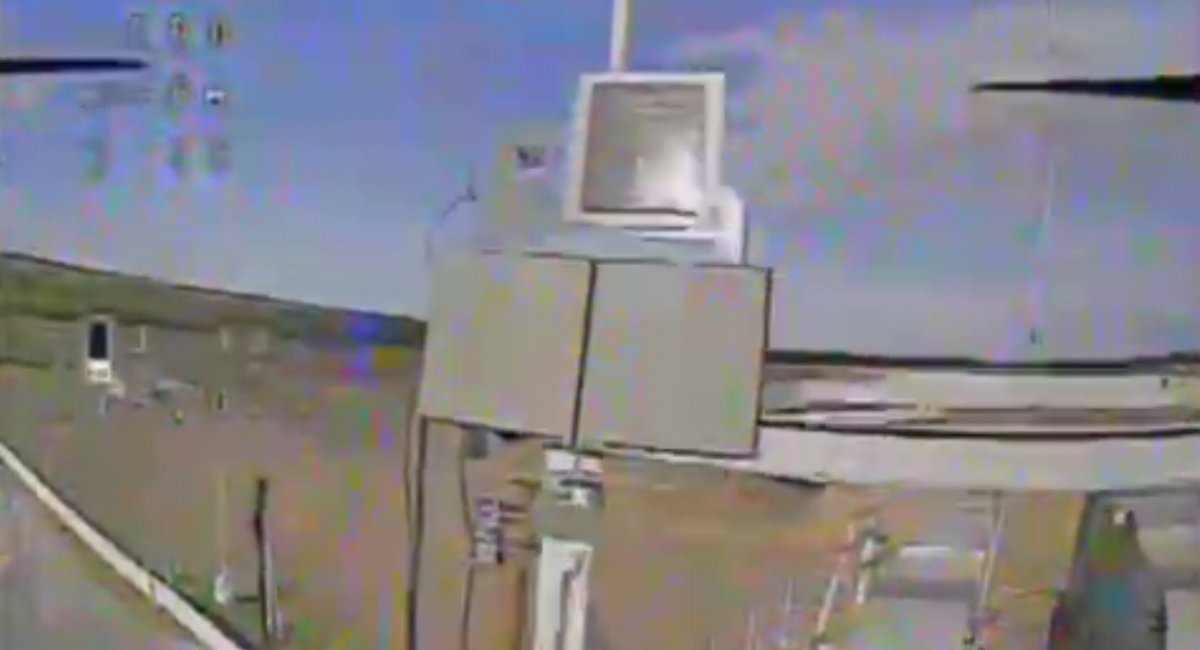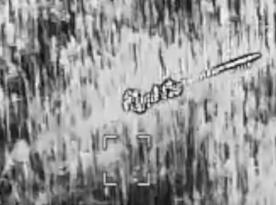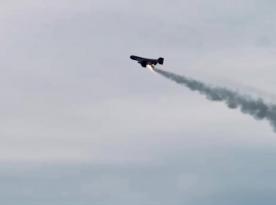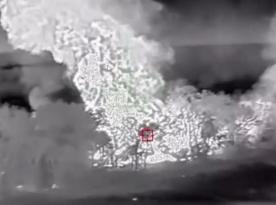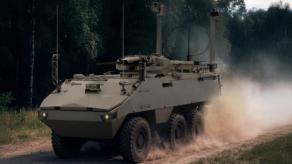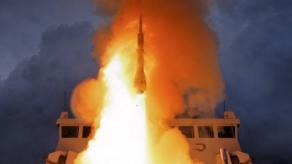Ukrainian Defense Forces have noticed a growing number of encounters with a russian electronic warfare system named Chernyi Glaz (the Black Eye), also appearing in russian sources under the designation PKN 005. The system has been seen on occasions in various areas of the russo-Ukrainian war front and for a long time remained obscure, only known from rumors and private conversations.
A comprehensive summary of the data collected so far has been published by Serhii "Flash" Beskrestnov, an EW expert and the Chairman of the Center of Radio Technologies non-profit organization. The document, disclosed to the general public, contains some of the known specifications, features, and threats posed by this new russian technology.
Read more: Enemy Installs EW Systems on Reconnaissance UAVs Against Anti-Aircraft Drones: How It Works
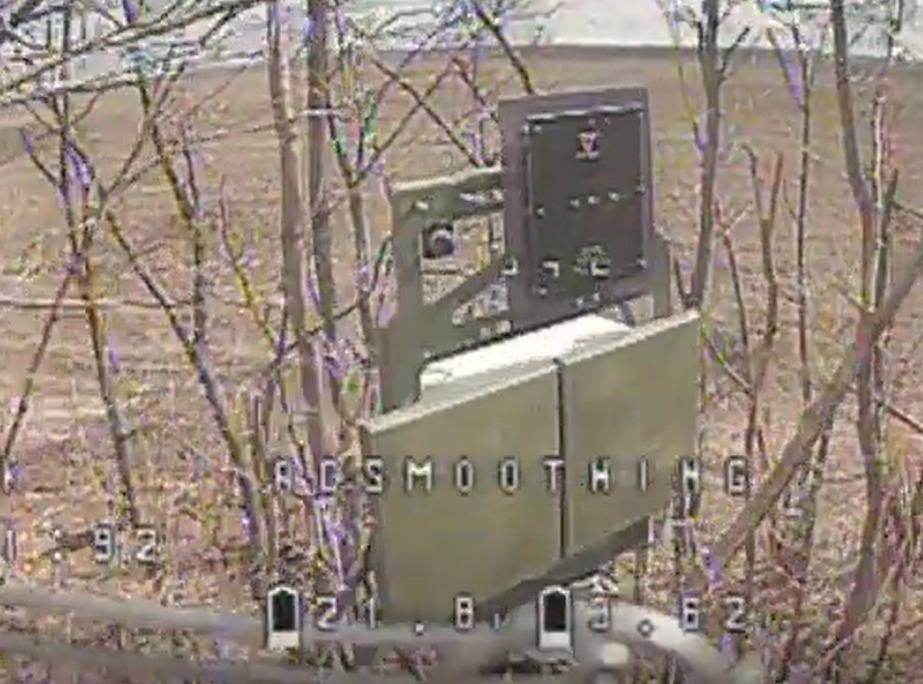
In essence, Chernyi Glaz is a variant of the Shtora EW system, also a relatively new device first identified in February 2025. It uses a powerful signal to suppress the video link between an enemy FPV drone and its operator. While the drone itself remains unaffected, controlling it becomes effectively impossible.
The system setup consists of two elements: the antenna with a characteristic visual outline, a controller case featuring four displays, and two inputs to rotate the mast in a 135° field. A small camera helps orient the system toward the desired direction of effect. The controller supports remote operation for up to 300 meters from the antenna.
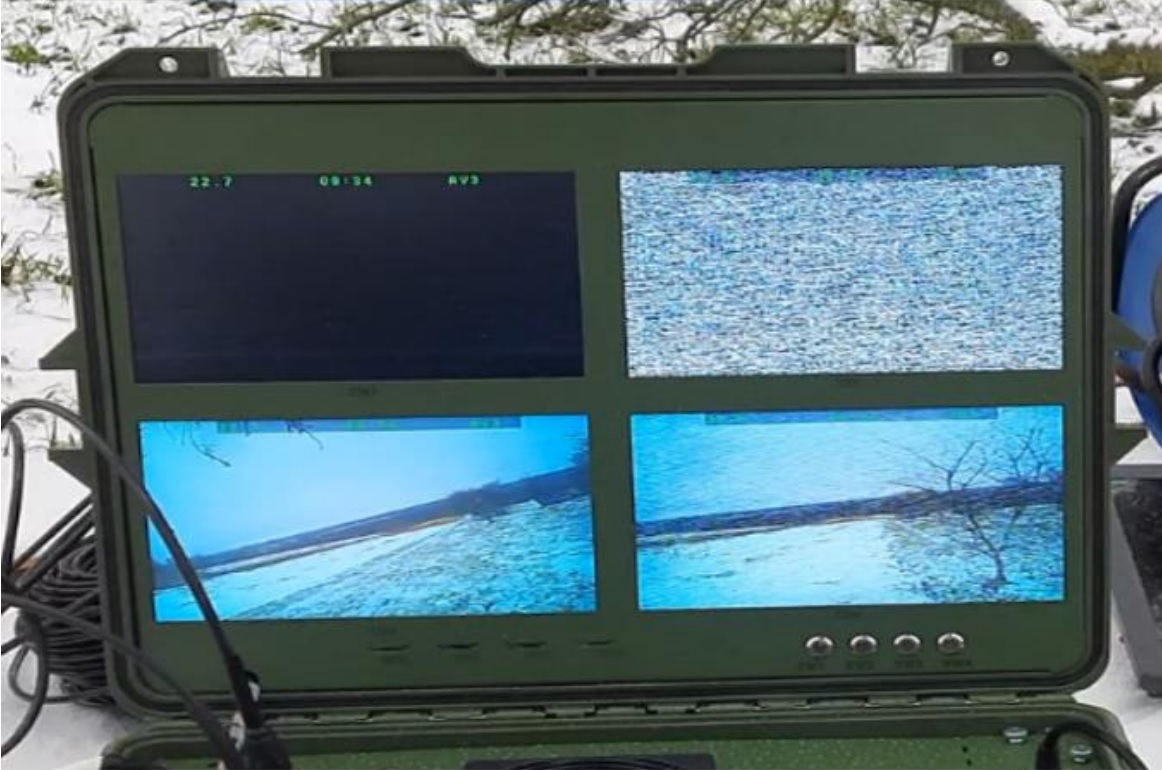
At a power consumption of 800 W, the station's range depends on the distance between the Ukrainian FPV operator's remote controller and the Chernyi Glaz itself. Typically, it suppresses FPV drones at distances of 2 to 4 km. The system comes in four configurations determining its operational frequency range:
- a directional patch antenna in the 1,000–1,399 MHz range, one module with an output power of 50 W;
- a directional patch antenna in the 1,400–1,680 MHz range, one module, 50 W;
- a directional antenna operating in the 4,900–6,100 MHz range, two modules, 50 W;
- a directional antenna in the 3,200–3,640 MHz range.
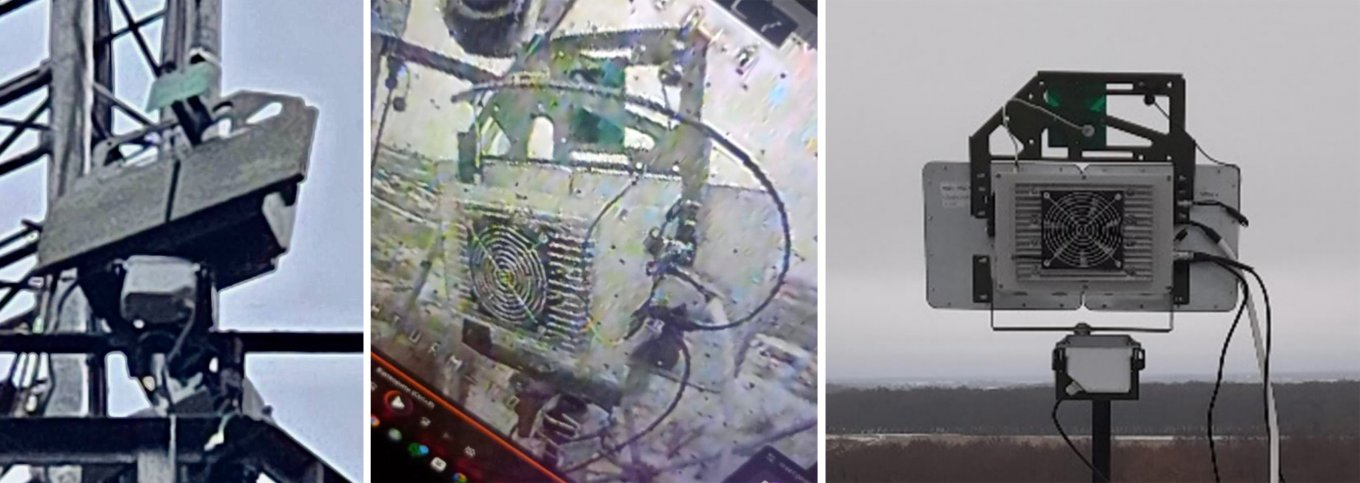
The main threat the Black Eye brings to the battlefield is the scale of mass production, manifesting in rapidly increasing sightings of this EW system on the frontlines. Therefore, it is recommended for Ukrainian aerial reconnaissance units to designate any Chernyi Glaz spotted as a high-priority target, and for FPV pilots to use frequencies outside the jammer's range.
As noted, there must always be an operator near this system, who is tasked with collecting a damaged system and repairing it, so monitoring the site even after a Black Eye is destroyed should prove effective.
Минус пара РЭБ ПКН 005 "Черный глаз" и мобильный комплекс пеленгации "Борщевик"https://t.co/zkWUcp2ITJ https://t.co/5qy1ebQgeh #RussianUkrainianWar pic.twitter.com/oMuzNGoRzy— Necro Mancer (@666_mancer) May 1, 2025
Read more: russian Military Shifts Focus to Eliminating Ukrainian Drone Operators Amid Growing UAV Threat (Opinion)




